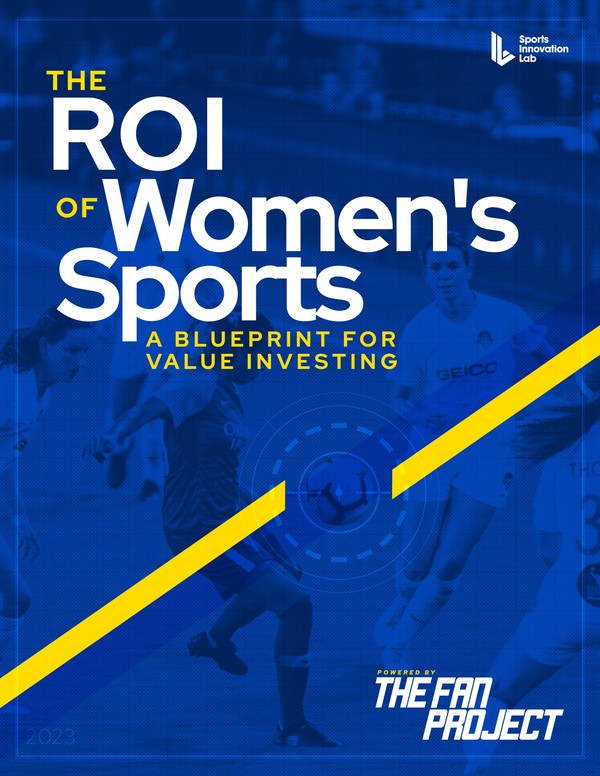Women’s Sports Poised to Convert Buzz to Dollars, Study Says

Describing the ascent of women’s sports in 2024 can be summed up in one phrase: It’s not a moment, it’s a movement. As established and emerging leagues continue to build larger TV audiences and grow in-person attendance, marketers are somewhat playing catch-up in hopes of connecting to their target audiences.
Horizon Sports & Experiences hopes that its new study, “The Women’s Sports Opportunity,” speaks to those brand managers about how to engage that fandom. The payoff for those companies can be enormous. HS&E’s research shows that 67% of women’s sports fans make a point to support brands that sponsor their favorite teams or athletes—such as those on Sportico’s most recent highest-paid female athlete list.
The study is the first in the company’s newly launched thought leadership series called “& Now,” and it comes three days before the inaugural Shark Beauty Women’s Champions Classic at Barclays Center in Brooklyn, which HS&E launched in partnership with Fox Sports. In the Saturday primetime women’s doubleheader, Tennessee will face last year’s national championship runner-up Iowa followed by UConn taking on Louisville.
Sponsorships and other marketing activations in women’s sports are also on the rise, albeit growing from an incredibly low number in years past. Highlighting the opportunities in these events was HS&E’s reasoning behind developing the study, according to Kerry Bradley, the company’s senior vice president of strategy.
“The buzz around female athletes and women’s sports teams and leagues has never been greater,” Bradley said in a phone interview. “But the reality is that only 6% of Fortune 500 brands currently invest as women’s sports sponsors. While a handful of brands and agencies see and understand the opportunity, the vast majority still need help understanding this market and what it needs in terms of ROI potential.”
One of the takeaways of the study is that, to borrow from a popular T-shirt, everyone watches women’s sports, most especially men. According to the research, while 66% of the U.S. follows men’s sports and 25% follows women’s sports, the gender skew of those who identify as fans of both is the exactly the same—55% male, 45% female.
However, Bradley noted that the demographic shifts within both buckets have major differences. “The women’s sports fan base is more multicultural,” she said. “Based on our study, it’s 20% Black and 16% Hispanic, compared to 13% Black, 13% Hispanic on the men’s sports side.” Women’s sports, she added, are “effectively engaging the younger sort of tech savvy, social (media) savvy generations, but also captivating some of the older audiences who have real spending power.”










































































































































































